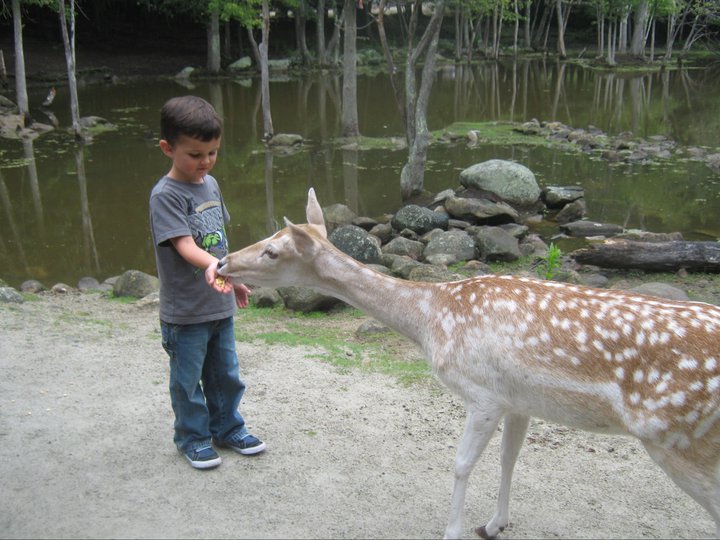“Piglet noticed that even though he had a very small heart, it could hold a rather large amount of Gratitude.” ~ A.A. Milne, Winnie-the-Pooh
1. Use a Gratitude Journal. Help your child focus on the positive by stating something good or something they are grateful for each day. They can write, draw, or scrapbook in their journal.
2. Play the Gratitude Game. Have each person take a turn stating something they are grateful for. A great game for the dinner table!
3. Send Gratitude Cards. Have your child make a “Gratitude Card” for a family member, friend, or someone who has helped them.
4. Teach your child to look a person in the eyes when they say thank you. Not only will their message be better received but they will observe the recipient’s response of a smile or nod.
5.Work towards something. Today’s kids – the “instant gratification generation” receive information and often things rather quickly. Have your child earn that toy or game they desire. By working towards something there is a greater appreciation for the item and the person who gave it.
6. Send thank you notes.
7. Volunteer together.Teaching your child to lend a helping hand to those in need increases their understanding of what it means to be grateful. It also increases Serotonin, the “feel good” hormone.
8. Be the example. Say thank you, make gratitude statements, and observe the positive with your child. Children who hear and observe adults express gratitude are more likely to identify gratitude themselves.
9. Don’t forget to tell your child why you are grateful for them!
Nine Tips to Teach Your Child Gratitude
